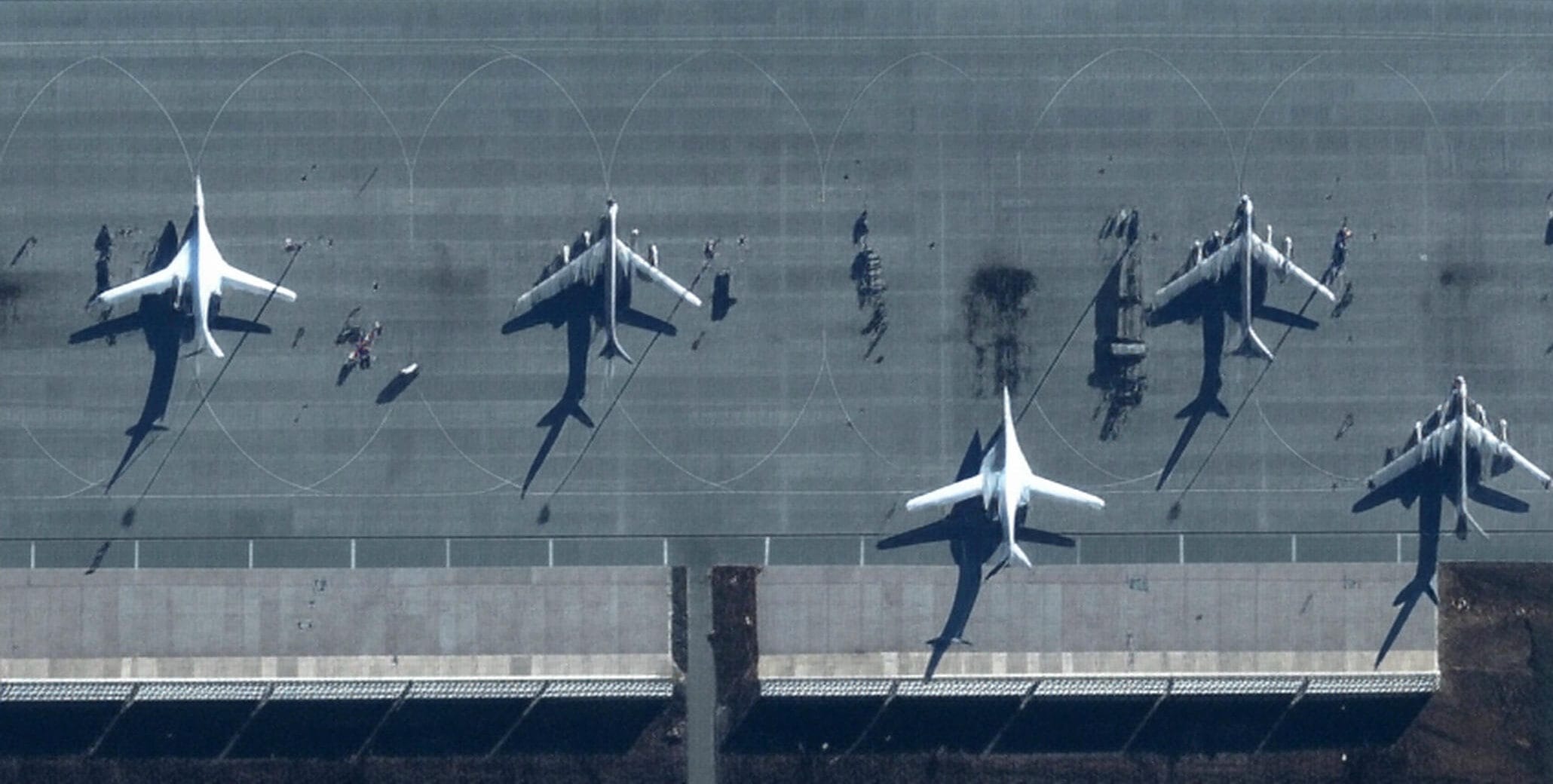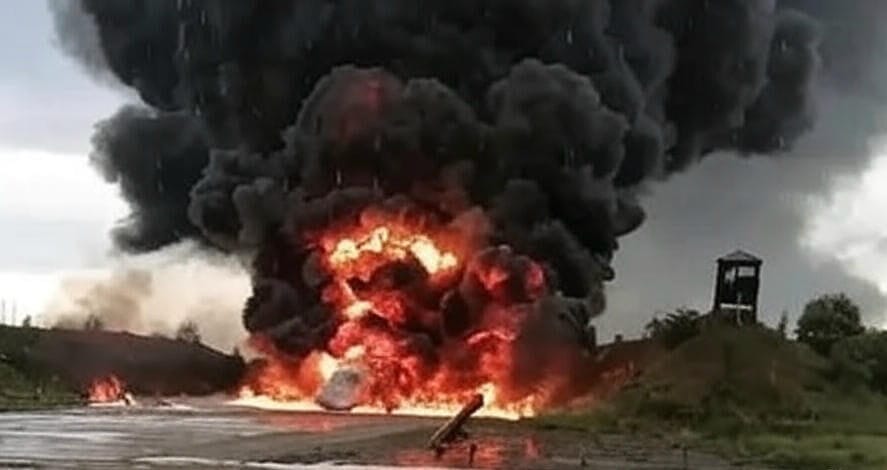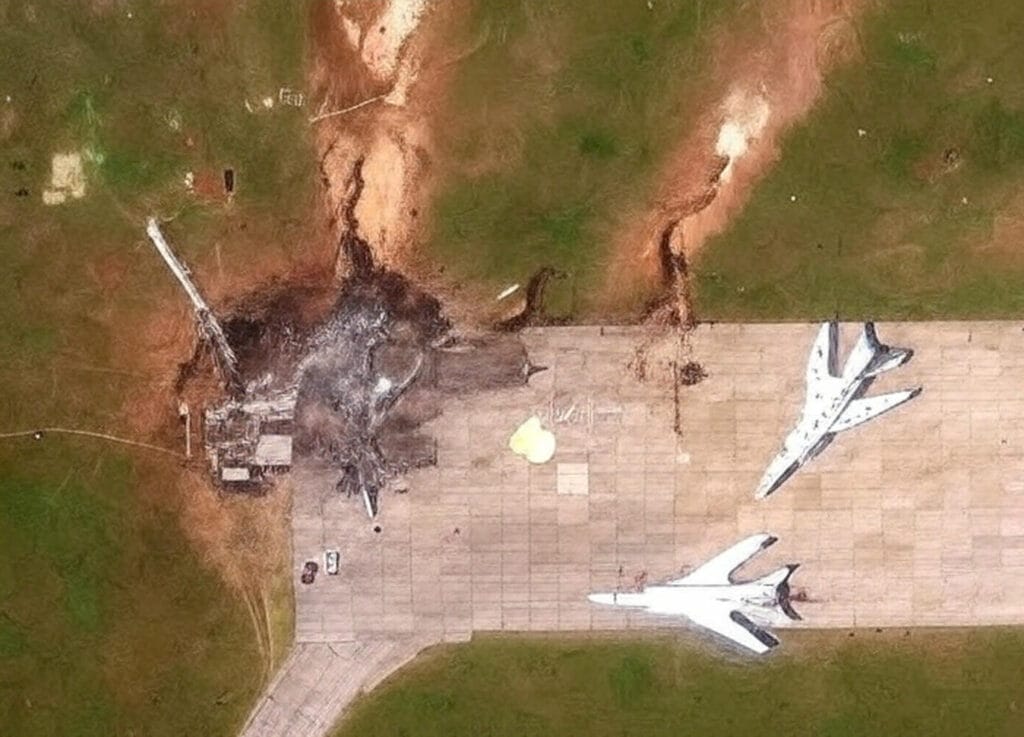
I’m sitting here trying to process what went down in Ukraine today, June 17, 2025, and it’s honestly hard to find the words. Russia launched an air attack so massive, so relentless, that it’s being called one of the worst since this brutal war started back in February 2022. The capital, Kyiv, took the hardest hit, but the devastation tore through cities and towns across the country, leaving behind a trail of grief, rubble, and burning questions about where this conflict is headed. It’s the kind of day that makes your heart sink, knowing that regular people—folks just trying to live their lives—are caught in the crosshairs of this nightmare.
A Sky Full of Terror
Russia didn’t hold back. They unleashed a jaw-dropping 440-plus drones and 32 missiles, turning the Ukrainian sky into a battlefield of explosions and chaos. Kyiv was ground zero, hammered by 175 drones and 16 missiles in a barrage that seemed to go on forever. We’re talking about some of the most terrifying weapons in Russia’s arsenal: “Geran” kamikaze drones that swarm like a plague of locusts, buzzing through the air with deadly intent; hypersonic “Dagger” missiles that move so fast they’re nearly impossible to stop; “Caliber” cruise missiles designed to strike with surgical precision from hundreds of miles away; and “Iskander-M” tactical missile systems that hit like a freight train. It wasn’t just Kyiv—other cities like Odesa, Zaporizhzhia, Chernihiv, Zhytomyr, Kirovohrad, Mykolaiv, and Dnipropetrovsk were caught in the onslaught too. The sheer scale of it was overwhelming, like Russia was trying to drown Ukraine in firepower. Ukraine’s air defenses, as tough as they’ve proven to be, were pushed to their limits, fighting a desperate battle to keep up with the endless waves of drones and missiles screaming in from every direction.
The Human Cost Hits Like a Punch

The numbers are staggering, but they don’t tell the full story. At least 15 people were killed across Ukraine, with 116 others injured, many of them seriously. In Kyiv alone, 14 people lost their lives, and up to 139 were hurt, some left fighting for survival in hospitals overwhelmed with casualties. I read about a young mother in Kyiv, Anna, who was pulling her two kids out of bed when a drone strike flattened half her apartment building. She made it out, but her neighbor, an elderly man who’d lived there for decades, didn’t. Stories like that are everywhere today—families torn apart, homes reduced to rubble. A whole section of a residential block in Kyiv collapsed, leaving dozens of apartments in ruins, with fires raging through what was left. In Nikopol, in the Dnipropetrovsk region, a single drone strike took another life, a reminder that even smaller cities aren’t safe. Schools, power lines, water systems—the things people rely on every day—were smashed to pieces. Ukrainian President Volodymyr Zelenskyy called it one of the most horrific attacks Kyiv has ever faced, his voice heavy with anger as he labeled it “pure terrorism.” He’s not wrong—it’s hard to see this as anything but a deliberate attempt to break the spirit of a nation that’s been fighting for its survival for over three years.
Ukraine’s Defenders Fight Against the Odds
Ukraine’s air force deserves a standing ovation for what they pulled off today. They managed to shoot down a huge number of those drones and missiles, even as the sky lit up with explosions for hours. Air raid sirens wailed across cities, sending people scrambling to bomb shelters, basements, or anywhere they could find cover. I saw a video of a Kyiv metro station packed with families, kids clutching stuffed animals, while the ground shook above them. But with so many drones and missiles coming at once, it was like trying to stop a tidal wave with a bucket. Ukraine’s defenses, bolstered by Western-supplied systems like Patriots, held strong in some areas, but the sheer volume of the attack meant some strikes got through. Zelenskyy and his team are out there begging the world for more help—more air defense systems, more missiles, more of anything that can keep their skies safe. They’re also pushing back hard against Russia’s narrative, pointing to the smoking ruins of civilian neighborhoods as proof that this wasn’t just about hitting military targets. “Look at the kids’ playgrounds, the apartment blocks,” one official said. “Does that look like a weapons factory to you?”
Russia’s Side of the Story

Russia’s Ministry of Defense has a different take, as usual. They’re claiming this was a precision operation aimed at Ukraine’s military-industrial complex—factories in Kyiv and Zaporizhzhia that they say are pumping out weapons to fuel the war effort. They’re bragging that every target was hit with pinpoint accuracy, and they’ve even got the gall to blame some of the civilian damage on Ukraine’s own air defenses misfiring or debris from downed drones. Most people aren’t buying it. When you see photos of shattered homes, burning schools, and grieving families, it’s hard to believe this was just about hitting a few factories. A lot of folks think this attack was Russia’s way of flexing its muscles and getting revenge for Ukraine’s bold move on June 1, 2025, dubbed “Operation Spiderweb.” That was when Ukrainian drones slipped deep into Russian territory and wreaked havoc on their air bases, damaging or destroying 41 planes, including some of their prized strategic bombers. It was a gut punch to Russia’s military pride, and today’s attack feels like their way of hitting back twice as hard.
The War’s Long Shadow
This isn’t just one bad day—it’s part of a war that’s been grinding on for over three years, with no end in sight. The conflict has already claimed countless lives, displaced millions, and turned once-thriving cities into battlegrounds. I think about my friend Olena, a Ukrainian I met a few years back at a conference. She’s from Kharkiv, one of the cities that’s been hit again and again. She told me last week how her kids haven’t been to a real school in months because of the constant shelling. Stories like hers are everywhere in Ukraine right now—people trying to hold onto normalcy while the world around them falls apart. Today’s attack comes on the heels of stalled peace talks in Istanbul, where negotiators from both sides have been going back and forth with nothing to show for it. Russia’s demanding that Ukraine give up huge swaths of territory and basically disarm itself, while Ukraine’s standing firm, saying they’ll never surrender their right to exist as a free nation. There’ve been some small glimmers of hope, like recent prisoner swaps where wounded soldiers and younger captives were sent home, but days like today make those moments feel like drops in an ocean of pain.
The World’s Watching—But Is It Enough?
The international reaction to today’s attack has been swift but, honestly, a little predictable. Leaders across Europe, the U.S., and beyond are condemning Russia’s actions, calling for tougher sanctions and more support for Ukraine. There’s a heated debate right now about whether to send Ukraine advanced weapons like long-range missiles or even fighter jets to help them push back against Russia’s air superiority. Some countries are stepping up—Poland and the Baltic states are pushing hard for more aid—while others are dragging their feet, worried about escalating the conflict into something even bigger. NATO’s holding emergency meetings, and the UN’s issuing statements, but for a lot of Ukrainians, it feels like too little, too late. I saw a post from a Kyiv resident on X that summed it up: “We’re grateful for the words, but we need weapons and systems to stop these missiles now.” The attack’s also reignited calls for Russia to be held accountable for war crimes, especially after strikes on civilian targets like apartment blocks and schools. The images coming out of Kyiv today—kids’ toys buried in rubble, families weeping outside destroyed homes—are hard to shake.
Why This Matters to Everyone
This war isn’t just Ukraine’s fight—it’s a wake-up call for the world. What’s happening there shows what unchecked aggression looks like, and it’s a reminder of how fragile peace can be. If Russia can pound a sovereign country’s capital with hundreds of drones and missiles, what’s stopping this kind of chaos from spreading? For Ukrainians, it’s about survival, about holding onto their homes, their culture, their right to exist. For the rest of us, it’s a question of what kind of world we want to live in—one where might makes right, or one where nations stand together against this kind of brutality. Today’s attack is a stark reminder that this war is far from over, and the stakes are only getting higher.
How to Stay Informed
If you’re trying to keep up with what’s going on, stick to trustworthy sources like Reuters, AP News, or the Kyiv Post. They’ve got journalists on the ground, and they’re doing their best to cut through the noise. Be super careful with stuff you see on X or other social media platforms—there’s a ton of misinformation out there, especially on days like this when emotions are running high. People are quick to share unverified videos or claims, and it’s easy to get sucked into the chaos. The situation in Ukraine is moving fast, and with Russia showing no signs of backing down, the next few days could be just as intense, if not worse. Keep your eyes open, check your sources, and if you’re able, consider supporting humanitarian efforts for the folks caught in this mess. They need all the help they can get right now.






hgfmejvxemxrougzvxpwieulivoknw